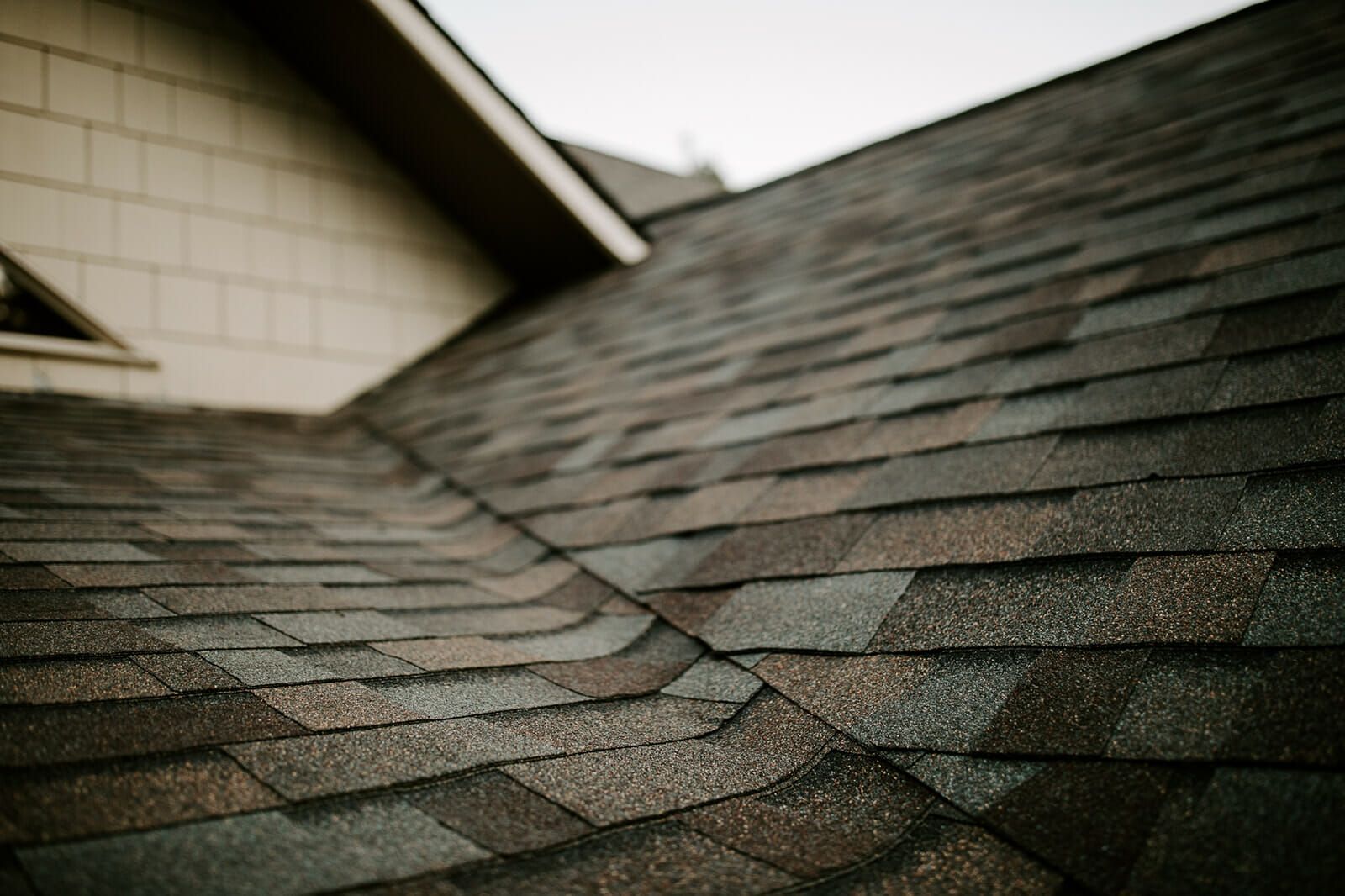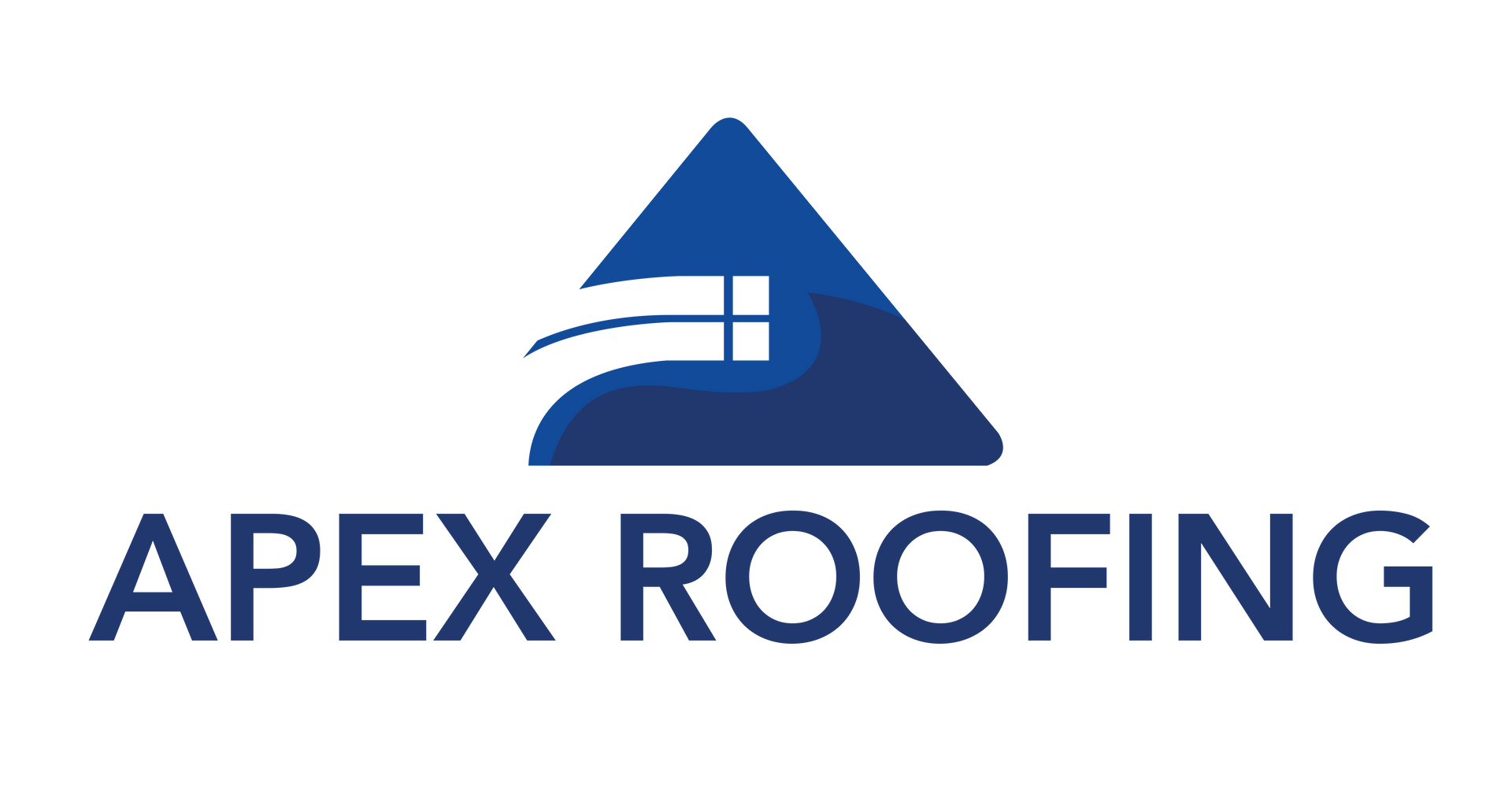7 Signs of Early Roof Failure in the Northwest
Roof failure can sneak up on homeowners, especially in areas like Washington and Idaho where unique climate conditions create a perfect storm for roofing wear and tear. From heavy rains in western Washington to snowy winters in Idaho, homes in the Northwest are exposed to a wide range of environmental stressors that can shorten a roof’s lifespan. Understanding the early warning signs of roof failure—and knowing when it’s time to call a professional—can save thousands in repairs.
Here are 7 signs of early roof failure, and how the Northwest's climate contributes to roof deterioration:
1. Moss and Algae Growth
Western Washington’s wet climate creates ideal conditions for moss and algae. These organisms trap moisture on your roof, which can lead to shingle degradation and rot. Left untreated, moss can lift shingles and cause leaks.
2. Curling or Warped Shingles
Extreme weather changes in both Washington and Idaho—rain, snow, sun—can cause shingles to expand and contract. Over time, this leads to curling, cracking, or warping, leaving your roof vulnerable to water infiltration.
3. Granule Loss
Asphalt shingles lose granules with age, but in climates with heavy rain or snow, this process can accelerate. You may notice bald spots on shingles or granules collecting in gutters, both signs that your roof is nearing the end of its life.
4. Ice Dams
In Idaho, where heavy snowfall is common, poor attic insulation and ventilation can lead to ice dams—ridges of ice that prevent melting snow from draining. Water backs up under shingles and leaks into your home, causing structural damage.
5. Water Stains or Mold Inside the Home
Stains on ceilings or mold along walls are common signs of a leaky roof. In the damp Northwest, even small leaks can lead to rapid mold growth, putting your health and home at risk.
6. Sagging Rooflines
A sagging roofline may indicate trapped moisture in the roof decking or structural issues due to prolonged exposure to snow loads in Idaho or standing water in rainy parts of Washington.
7. Missing or Loose Shingles
High winds and frequent storms in both states can loosen or blow off shingles. Missing shingles expose your roof’s underlayment to moisture and UV damage, speeding up deterioration.
Protect Your Investment with Quality Roofing
Given the demanding climate of the Northwest, it’s crucial to choose a roofing system built to last. Owens Corning roofing materials are a top choice for homeowners in Washington and Idaho. Their durable, weather-resistant shingles offer excellent protection against wind, rain, snow, and UV exposure. Features like SureNail® Technology and StreakGuard® Algae Protection make them ideal for the region’s challenges.
Equally important is choosing a skilled, trustworthy contractor. Apex Roofing has built a strong reputation throughout the Northwest for expert installation, quality craftsmanship, and outstanding customer service. We are an Owens Corning Preferred Contractor, ensuring your new roof is installed to the highest standards.
Don’t Wait for a Leak to Take Action
Roof problems can escalate quickly, especially in a wet climate. If you notice any of the warning signs above, it’s time to consult a roofing professional. Apex Roofing provides free inspections and can help determine whether repairs or a full replacement are needed—using premium Owens Corning materials for unmatched performance.
Protect your home from the top down. Choose quality. Choose Apex Roofing.





